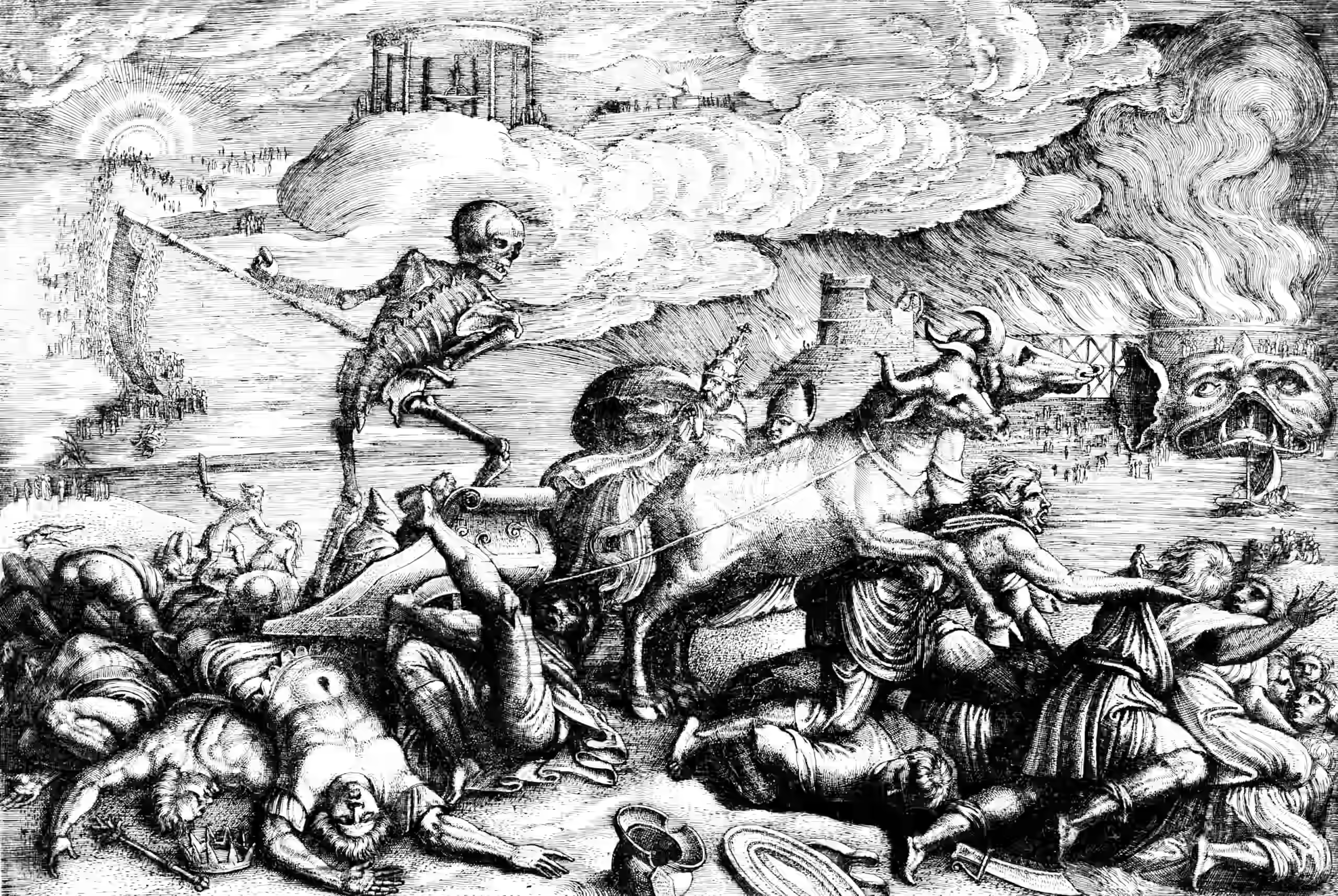Big history
Cliodynamics, deep history, big-picture history
December 17, 2018 — November 5, 2023
Suspiciously similar content
Placeholder for the increasing mathematization, formalization and data-led approaches to history at a massive scale. I am not expert enough in any of these things for mentions to count as recommendations.
By big history I mean something briefer than the universal concerns of cosmology. I am open to big histories that include the history of all life, of all intelligence, or just of modern human institutions, depending on the whim and grandiosity of the theorist in question.
At this resolution, crackpottery is indistinguishable from bold theorising, so I will be permissive and inclusive in citations.
1 Energetics and thermodynamics
Smil (2019), Muthukrishna (2023), Salthe (2005); Morris (2015); Tainter et al. (2003).
2 With reference to singularity
See singularity, and Johansen and Sornette (2001).
3 Incoming
A global analysis of matches and mismatches between human genetic and linguistic histories—PNAS
Peter Turchin’s theories of civilizational cycles
-
The Seshat Global History Databank brings together the most current and comprehensive body of knowledge about human history in one place. Our unique Databank systematically collects what is currently known about the social and political organization of human societies and how civilizations have evolved over time.
Main website: seshatdatabank.info
The rate of return on everything
The new database covers total returns for all important assets classes—equity, housing, bonds, and bills—across 16 advanced economies from 1870 to 2015.
History’s Masters The Effect of European Monarchs on State Performance
We create a novel reign-level data set for European monarchs, covering all major European states between the 10th and 18th centuries. We first document a strong positive relationship between rulers’ cognitive ability and state performance. To address endogeneity issues, we exploit the facts that (i) rulers were appointed according to hereditary succession, independent of their ability, and (ii) the widespread inbreeding among the ruling dynasties of Europe led over centuries to quasirandom variation in ruler ability. We code the degree of blood relationship between the parents of rulers, which also reflects “hidden” layers of inbreeding from previous generations. The coefficient of inbreeding is a strong predictor of ruler ability, and the corresponding instrumental variable results imply that ruler ability had a sizeable effect on the performance of states and their borders. This supports the view that “leaders made history,” shaping the European map until its consolidation into nation states. We also show that rulers mattered only where their power was largely unconstrained. In reigns where parliaments checked the power of monarchs, ruler ability no longer affected their state’s performance.
Inbreeding as an instrumental variable for ruler ability. Supports the idea that a competent (and benevolent?) dictator is effective.
Extracting the equivalent effectiveness measure of a parliament would be interesting. Where does a competent institution sit on the monarch competence scale?
